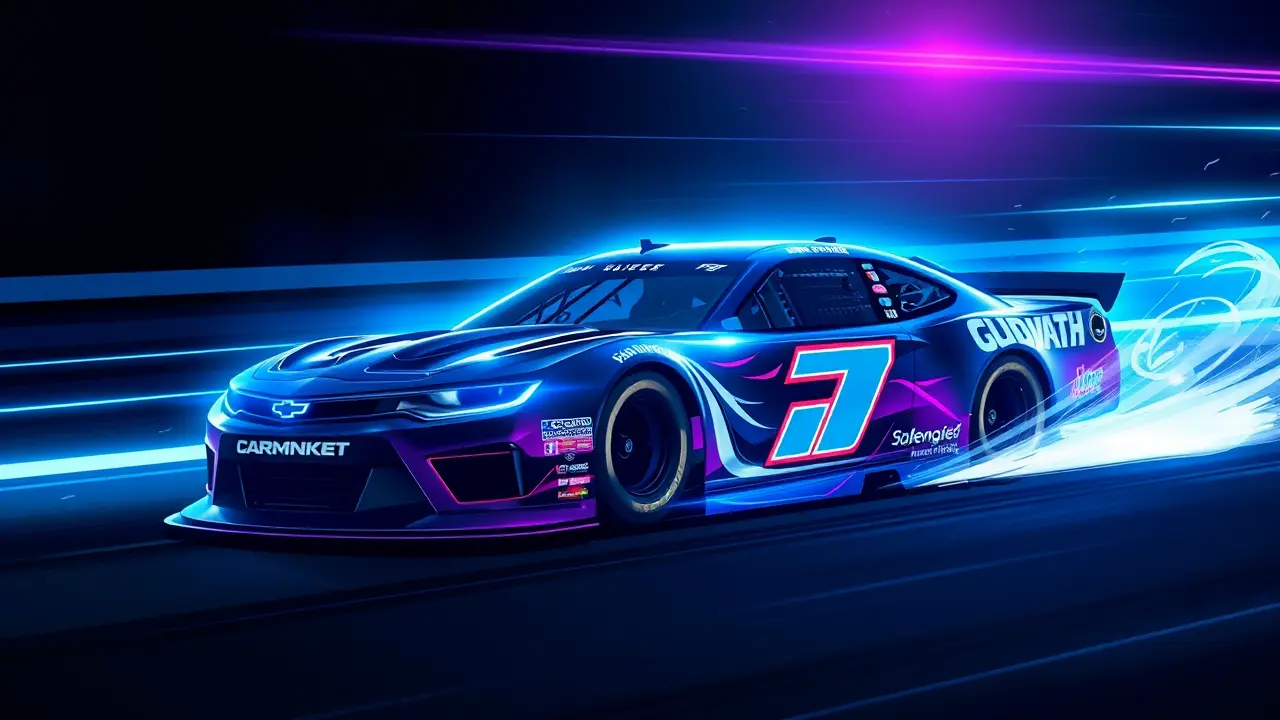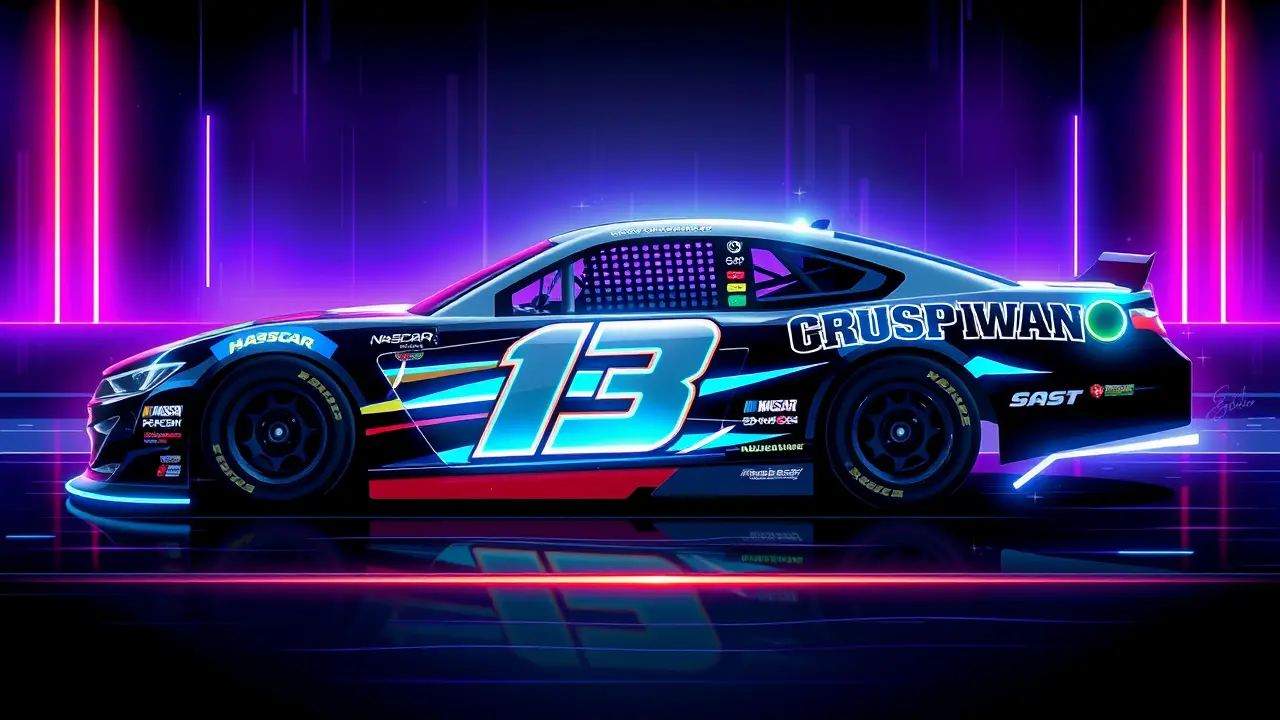
SportmotorsportFormula 1
Adrian Newey Explains Why He Studies Rival Cars on the Grid
JA
Jack Turner
1 day ago7 min read
In the high-stakes, data-saturated world of Formula 1, where teams amass thousands of digital spy shots over a single race weekend, Red Bull's legendary design mastermind Adrian Newey remains a refreshingly analog tactician, confessing a profound preference for simply walking the grid and studying rival cars with his own eyes. The managing technical partner for Aston Martin, a figure whose aerodynamic genius has sculpted championship-winning machines for Williams, McLaren, and Red Bull, revealed this seemingly old-school approach isn't born of nostalgia but of brutal, competitive efficiency.He articulated a dual-pronged rationale that cuts to the core of modern engineering's limitations: firstly, the inherent deception of two-dimensional photography, which flattens complex vortices and subtle surface contours into a misleadingly simple image, often failing to capture the precise angle or curvature that unlocks a performance secret; and secondly, the sheer, overwhelming volume of digital data that threatens to consume an entire week of an engineer's life in tedious analysis. Newey’s method is a masterclass in qualitative intuition, leveraging his decades-honed 'trained eye' to perform a rapid, three-dimensional diagnostic scan, spotting innovative details in the metal and carbon fibre that might otherwise remain hidden for days within a sprawling, disorganized digital archive.This practice highlights a fascinating tension in contemporary F1, a sport hurtling towards ever-greater reliance on computational fluid dynamics and virtual simulations, yet still ultimately decided by the physical interaction of air with a tangible object. It evokes parallels with football analytics, where expected goals (xG) models and passing networks provide reams of data, yet a seasoned coach's live observation of a player's movement off the ball—the subtle feints, the spatial awareness that stats can't yet quantify—can reveal the decisive tactical adjustment.Newey’s grid walks are his version of watching the game live from the touchline, bypassing the delayed, processed data for immediate, visceral insight. This philosophy has been a constant throughout his career, from the dominant Williams FW14B to the ground-effect revolution of the current era, suggesting that while the tools of F1 have transformed beyond recognition, the mind of a true genius still operates best when connected directly to the three-dimensional reality of the machine, a reminder that in the relentless pursuit of milliseconds, the human element of perception and experience remains an irreplaceable asset.
#[Adrian Newey
#Aston Martin
#Formula 1
#car design
#engineering
#competitors
#featured]
Stay Informed. Act Smarter.
Get weekly highlights, major headlines, and expert insights — then put your knowledge to work in our live prediction markets.
Related News
Comments
It’s quiet here...Start the conversation by leaving the first comment.
© 2025 Outpoll Service LTD. All rights reserved.

